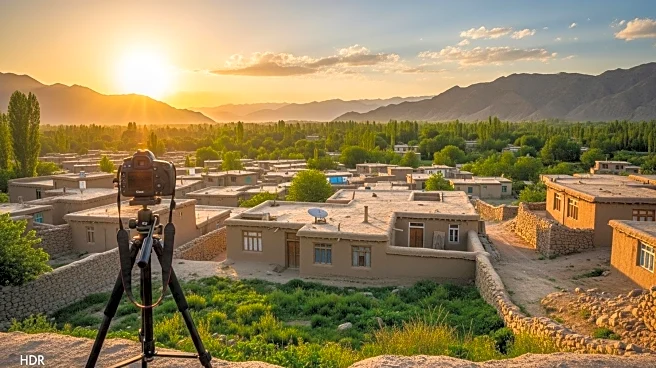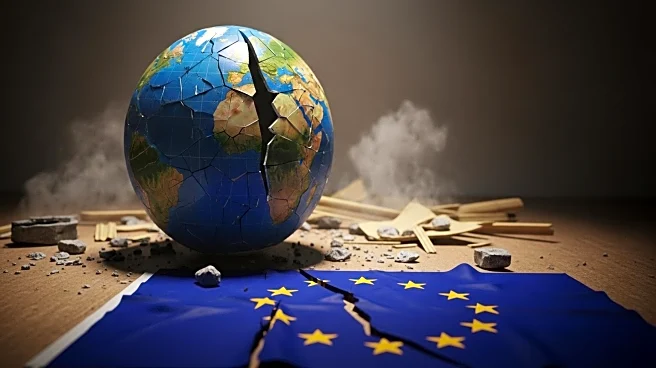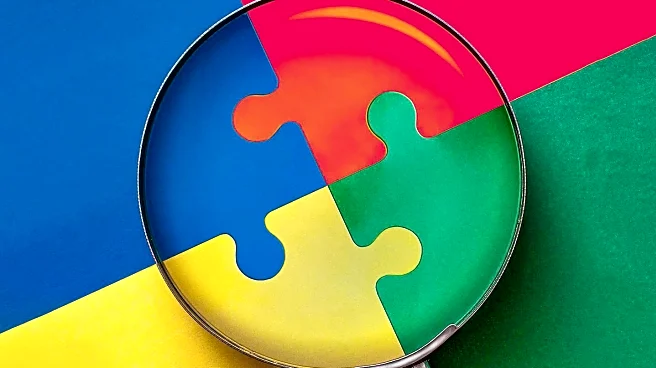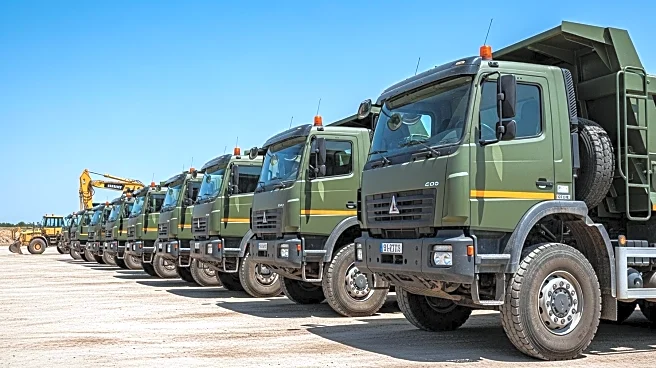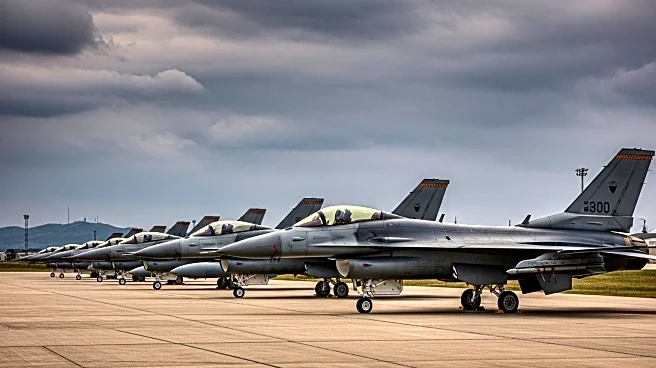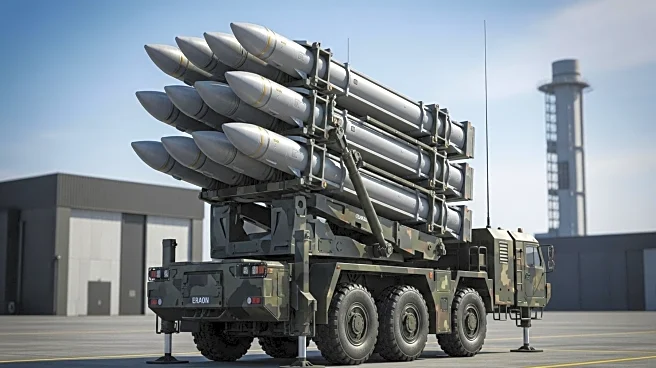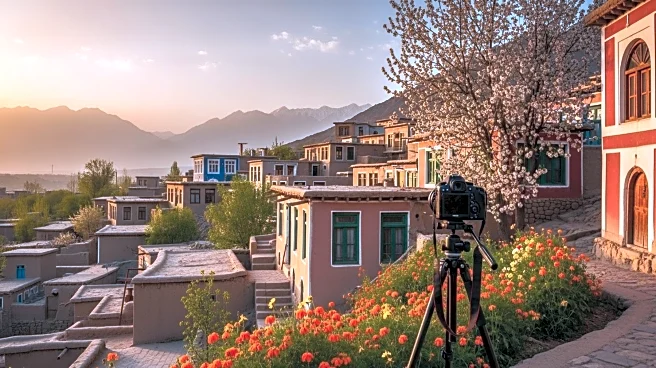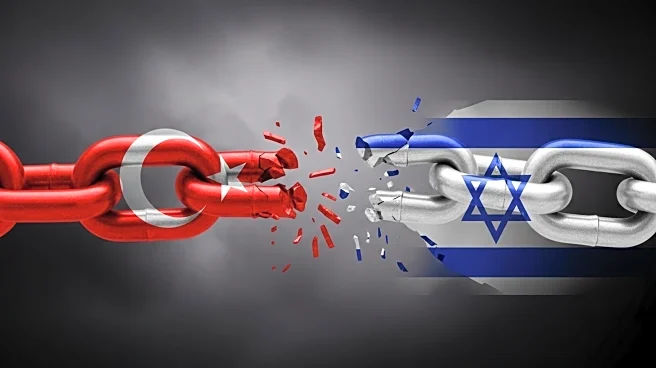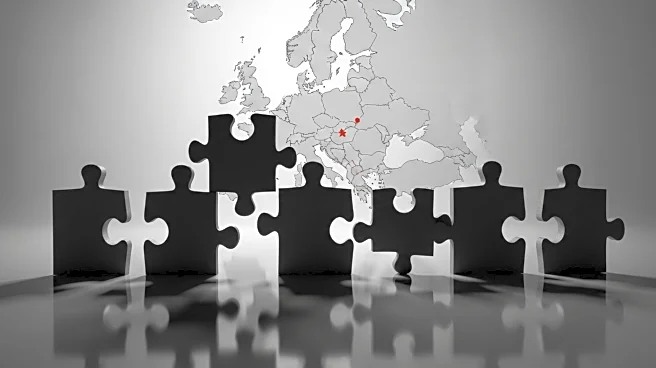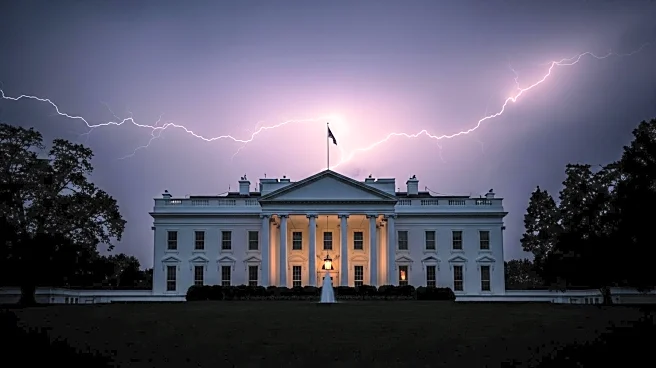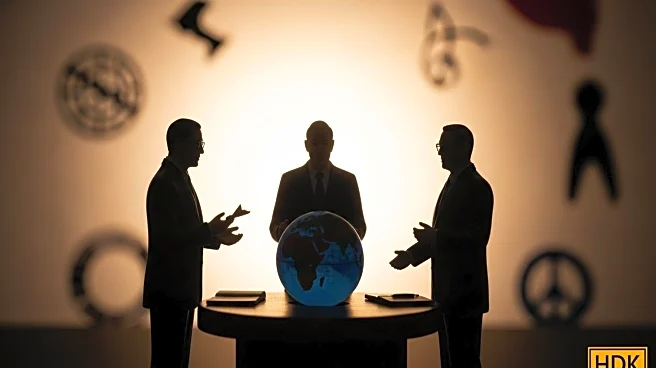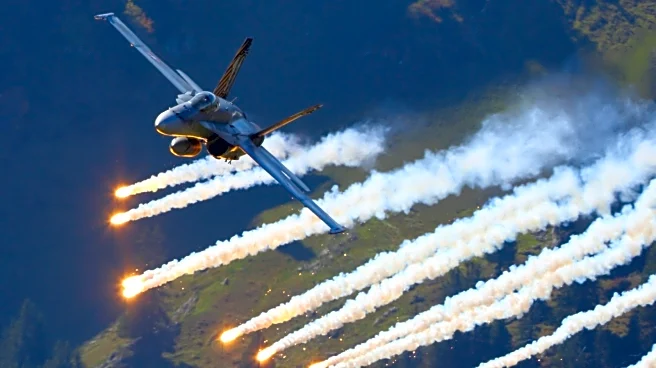What is the story about?
What's Happening?
Photographer Joao Silva, known for his work with The New York Times, has returned to the Afghan village of Deh-e Kuchay, where he was severely injured in 2010. Silva was accompanying a U.S. Army squad on patrol when he stepped on a land mine, resulting in the loss of his legs and severe internal injuries. The incident occurred near an abandoned Taliban checkpoint, where Silva was documenting the patrol's efforts to detect explosives. Nearly 15 years later, Silva revisited the village, now at peace, offering a stark contrast to the war-torn environment he experienced during his injury. His return marks a poignant moment, reflecting on the changes in Afghanistan since the conflict.
Why It's Important?
Silva's return to Deh-e Kuchay highlights the transformation of regions in Afghanistan from conflict zones to areas of peace. This change is significant for international observers and stakeholders involved in Afghan reconstruction and peacekeeping efforts. The story underscores the human cost of war and the resilience of those affected by it, offering insights into the long-term impacts of military engagements. For the U.S., it serves as a reminder of the sacrifices made by journalists and military personnel during the conflict, and the ongoing importance of supporting peace initiatives in post-conflict regions.
What's Next?
Silva's experience may inspire further discussions on the role of journalists in conflict zones and the importance of documenting war's impact on local communities. It could also lead to increased advocacy for veteran support and rehabilitation programs, recognizing the challenges faced by those injured in war. As Afghanistan continues to navigate its post-conflict identity, international stakeholders may focus on sustaining peace and rebuilding efforts, ensuring stability and security for its citizens.
Beyond the Headlines
Silva's journey back to Deh-e Kuchay raises ethical considerations about the responsibilities of war photographers and the impact of their work on public perception. It also highlights the cultural shifts in Afghanistan, as areas once dominated by conflict transition to peaceful communities. This transformation may influence future foreign policy decisions and humanitarian aid strategies, emphasizing the need for continued support in rebuilding war-torn societies.
AI Generated Content
Do you find this article useful?
